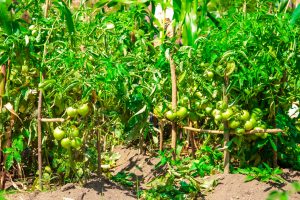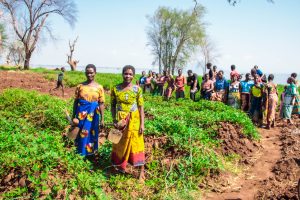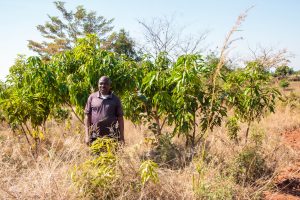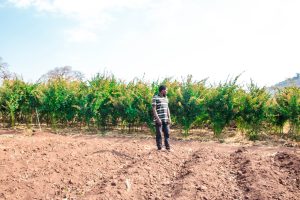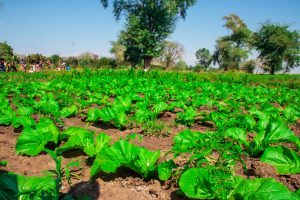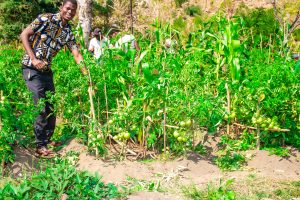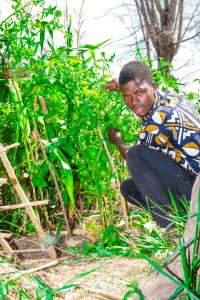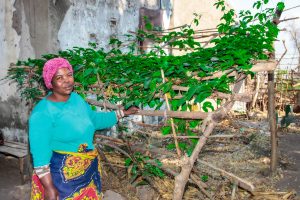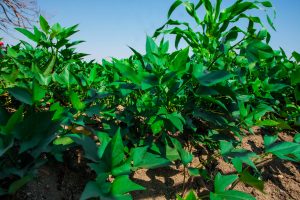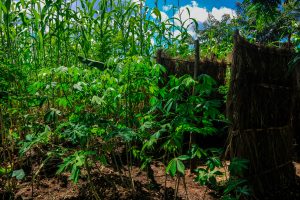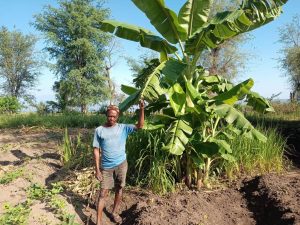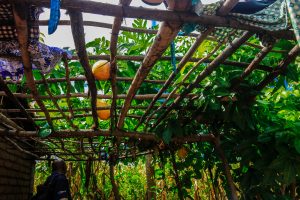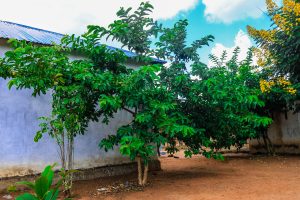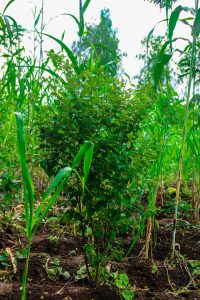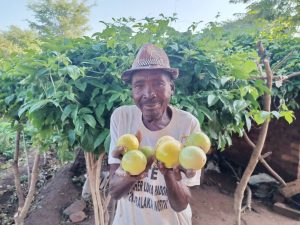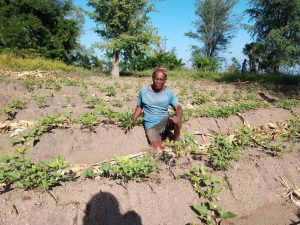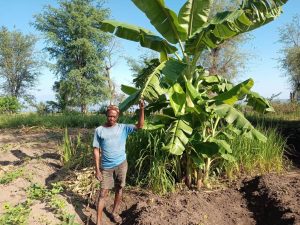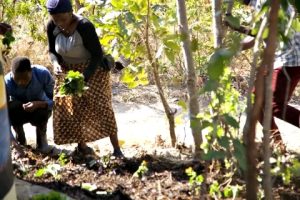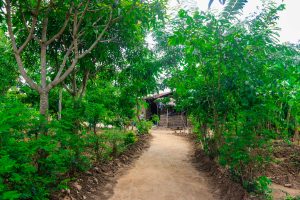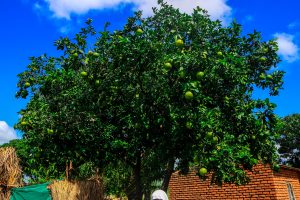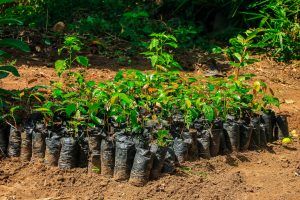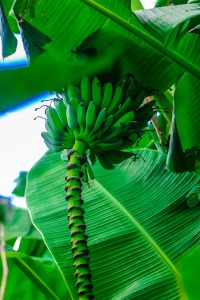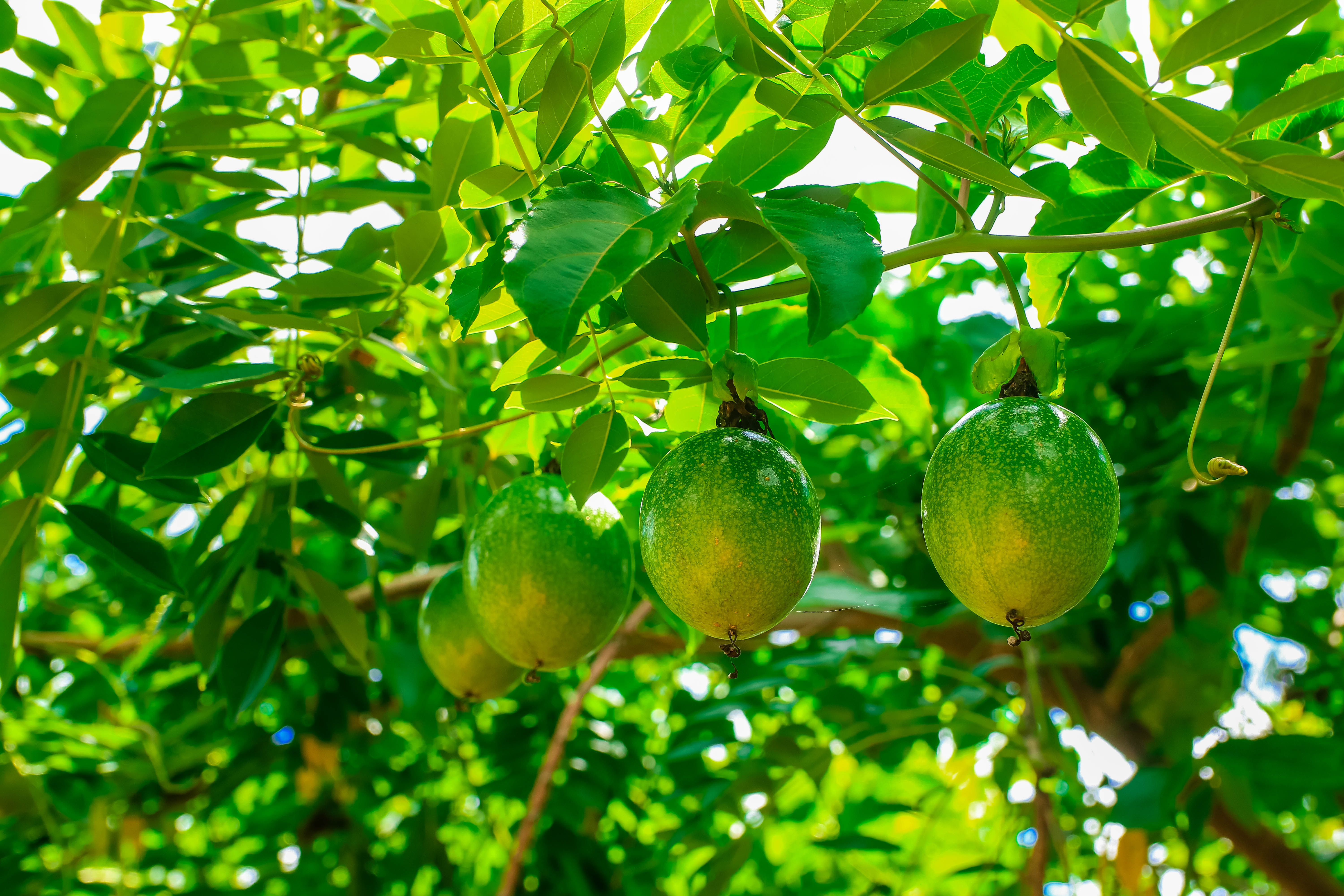
The Food Forest Revolution
At Imagine Afrika, we believe that every backyard and every field holds the power to transform lives.
That’s why we are championing a revolutionary approach among farmers across Malawi — the Food Forest Movement — a simple yet powerful idea that is redefining food security, restoring soil health, and building climate resilience.
🍅 What is a Food Forest?
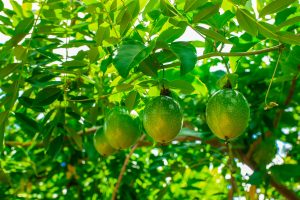
A food forest is a natural, sustainable garden where farmers grow a diverse mix of fruits, vegetables, herbs, and trees, mimicking the way forests grow in the wild — but with a focus on edible and useful plants.
Rather than relying on single crops (which deplete soil and require chemicals), food forests regenerate the land naturally. They provide a constant source of nutritious food right at farmers’ doorsteps, reducing hunger, boosting health, and saving precious resources.
🌾 How Imagine Afrika is Making It Happen
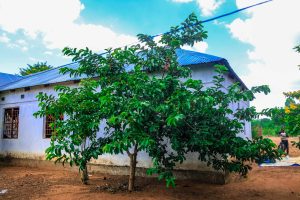
✔️ Every Home, A Garden of Life:
Imagine Afrika trains and supports farmers to turn their backyards into abundant food forests. Families are taught to grow a variety of crops — from maize and beans to bananas, avocados, and indigenous leafy greens — all layered together to create self-sustaining mini-ecosystems.
These backyard food forests ensure that no family goes without food, even during tough seasons.
✔️ Fields That Feed the Future:
Beyond their homes, farmers are encouraged to practice agroforestry — integrating productive trees and crops together in their larger fields. This approach improves soil fertility, prevents erosion, and increases biodiversity, making farms more resilient to droughts, floods, and pests. Crops like maize grow alongside nitrogen-fixing trees, while fruit trees like mangoes and guavas provide both income and nutrition.
🌱 Why the Food Forest Approach Matters
🔵 Food Security: Year-round access to diverse, nutritious foods reduces malnutrition and hunger.
🔵 Soil Health: Trees and plant diversity restore and protect soil, cutting the need for chemical fertilizers.
🔵 Climate Resilience: Food forests and agroforestry create microclimates that withstand extreme weather.
🔵 Income Generation: Surplus produce and fruits offer farmers extra income at local markets.
🔵 Community Empowerment: Farmers become stewards of their land, passing sustainable practices to future generations.



